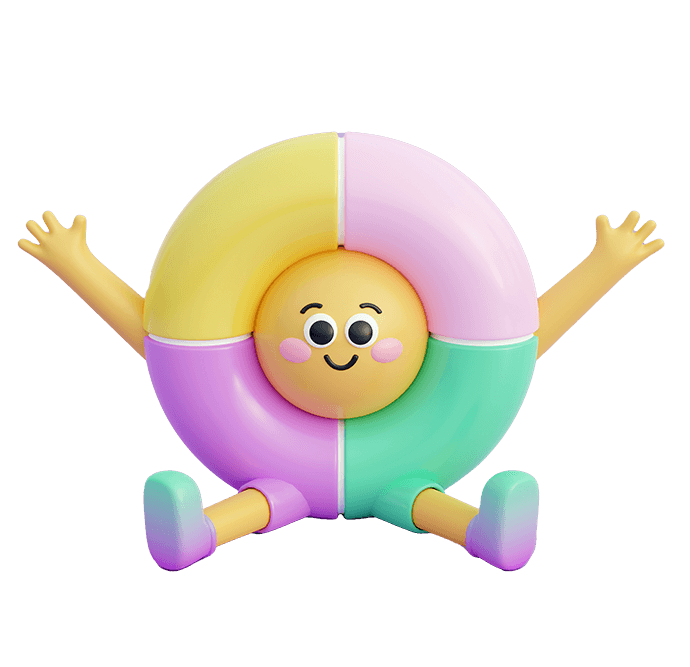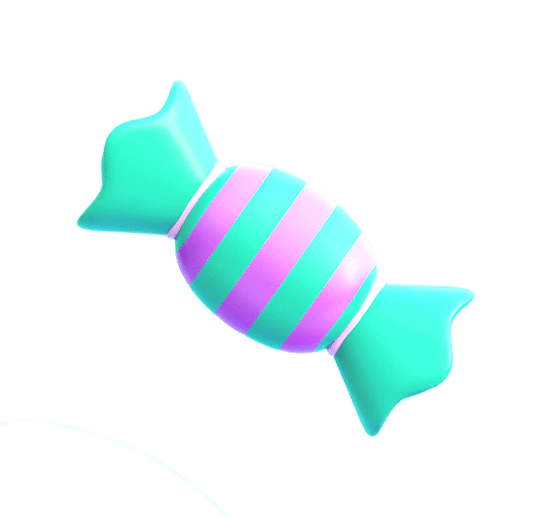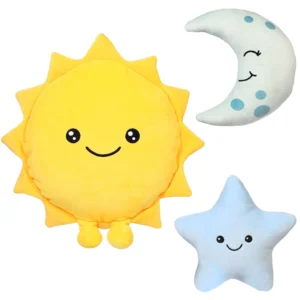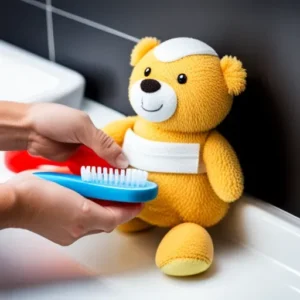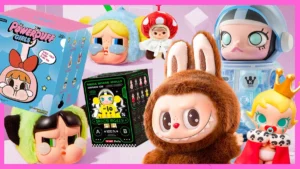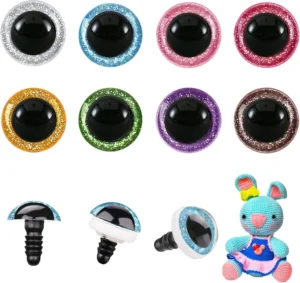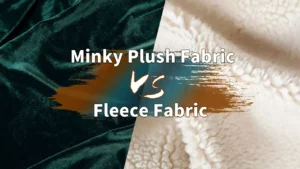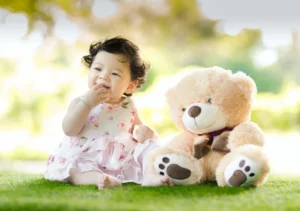Plush dolls blend softness and personality, creating cherished companions for children and collectors alike. Their appeal lies not only in their tactile comfort but also in design quality and safety, making them a key segment in the toy industry.
The best plush dolls combine high-quality materials, expert craftsmanship, rigorous safety certifications, and thoughtful design. These elements ensure durability, safety, and emotional connection, allowing brands to differentiate in a crowded marketplace. This guide explores what truly sets premium plush dolls apart.
Understanding these features helps businesses and buyers make informed decisions to meet market demands.
1.What features distinguish the best plush dolls in the market?

The top plush dolls stand out due to a combination of design, materials, and construction quality. They are more than just soft toys; they are crafted with care to ensure longevity and appeal.
Key distinguishing features include ultra-soft, durable fabrics, strong and precise stitching, embroidered or appliquéd facial details that avoid small choking hazards, and balanced stuffing that maintains shape while being cuddly. Additionally, aesthetic appeal with realistic or charming expressions enhances emotional attachment.
Softness and durability must go hand in hand. Plush dolls made with premium minky fabric or velboa feel inviting and gentle on the skin, important for children’s sensitive touch. Meanwhile, durability comes from reinforced seams and careful finishing to withstand repeated hugging and washing.
Facial features play a crucial role in how children connect emotionally with the doll. Embroidery and applique techniques provide safe alternatives to plastic eyes or noses, reducing choking risk and offering detailed, expressive faces. This attention to detail contributes to a higher perceived value.
Many premium plush dolls also feature balanced stuffing — enough to maintain shape and provide firmness but soft enough for comfort. Overstuffing can make a doll rigid, while under-stuffing results in limpness.
| Feature | Description | Benefit |
|---|---|---|
| Soft, durable fabric | Use of minky, velboa, or plush blends | Comfortable, long-lasting feel |
| Strong stitching | Reinforced seams, neat finishing | Prevents tearing and increases lifespan |
| Safe facial details | Embroidery or applique instead of plastic parts | Enhances safety and emotional expression |
| Balanced stuffing | Adequate filling with polyester fiberfill | Maintains shape and cuddly texture |
This combination ensures plush dolls that delight both children and caregivers, creating lasting brand loyalty.
2.How do materials and craftsmanship contribute to plush doll quality?
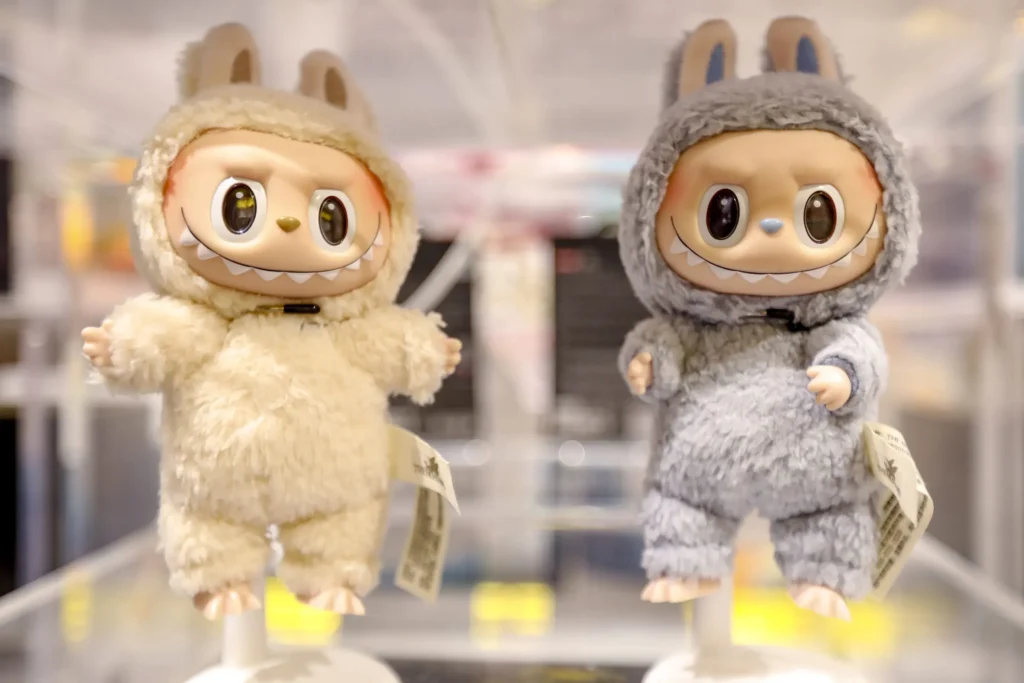
Materials and craftsmanship form the backbone of plush doll quality. They influence not only appearance but also safety, durability, and tactile experience.
Premium materials such as soft, hypoallergenic minky fabric or velboa combined with skilled craftsmanship in sewing and finishing create plush dolls that maintain shape, resist wear, and feel luxurious. Craftsmanship includes precise stitching, consistent seam strength, and attention to details like embroidery density and edge finishing.
Selecting the right fabric is fundamental. Minky, known for its silky-soft texture, appeals to touch and comfort. Velboa, with a short pile, offers durability and vibrant color retention. Both fabrics should be certified free from harmful chemicals, ensuring child safety.
Craftsmanship extends beyond sewing to encompass the finishing touches. Even tension in stitches, secure thread knots, and clean seam allowances reduce the risk of fabric fraying and increase the toy’s lifespan. Embroidery must be tight and detailed, with no loose threads that could unravel or pose hazards.
Stuffing must be evenly distributed. Uneven filling creates lumps or weak spots, diminishing the doll’s appearance and comfort. Premium polyester fiberfill that is lightweight, hypoallergenic, and washable is preferred to maintain softness over time.
| Material/Process | Importance | Example Brands Utilizing These |
|---|---|---|
| Minky Plush Fabric | Soft, hypoallergenic, durable | Jellycat, Steiff |
| Velboa Plush Fabric | Durable with vibrant colors | GUND, Aurora |
| Professional Stitching | Reinforced seams prevent damage | High-end OEM manufacturers |
| Embroidery Detailing | Safe, expressive, long-lasting | Melissa & Doug, Steiff |
| High-Quality Stuffing | Maintains shape, soft and washable | Most premium plush brands |
High-quality materials paired with masterful craftsmanship ensure plush dolls that withstand years of play and washing, satisfying customers who value longevity.
3.What role do safety certifications play in selecting premium plush dolls?
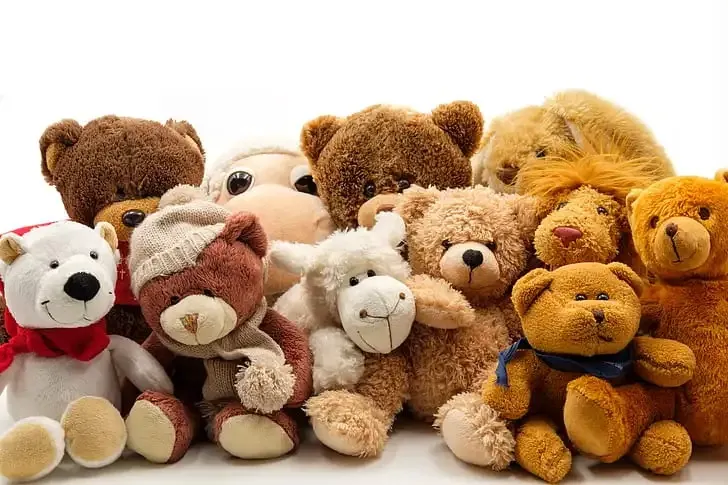
Safety certifications are critical for both consumer confidence and regulatory compliance. They protect children and assure buyers that plush dolls meet strict safety standards.
Certifications such as CE for Europe, ASTM F963 and CPSIA for the US demonstrate that plush dolls comply with testing related to choking hazards, toxic substances, flammability, and mechanical safety. Selecting dolls with these marks ensures market access and builds trust.
Certification processes involve rigorous laboratory testing. These tests include evaluating small parts for choking hazards, analyzing chemical content for harmful substances, testing fabric flammability, and assessing seam strength under stress.
For brands targeting children under three, compliance with small parts regulations is particularly important. Certification also affects logistics — uncertified products may be blocked at customs, causing costly delays.
| Certification | Region | Key Safety Focus | Brand Advantages |
|---|---|---|---|
| CE Mark | Europe | Mechanical, chemical, flammability | Legal market entry, consumer trust |
| ASTM F963 | United States | Physical safety, toxic substances | Retail acceptance, safety assurance |
| CPSIA | United States | Lead and phthalates content | Prevents hazardous exposure |
By prioritizing certified products, businesses mitigate risks and uphold their reputations as trusted suppliers.
4.How have design trends shaped the development of top plush dolls?
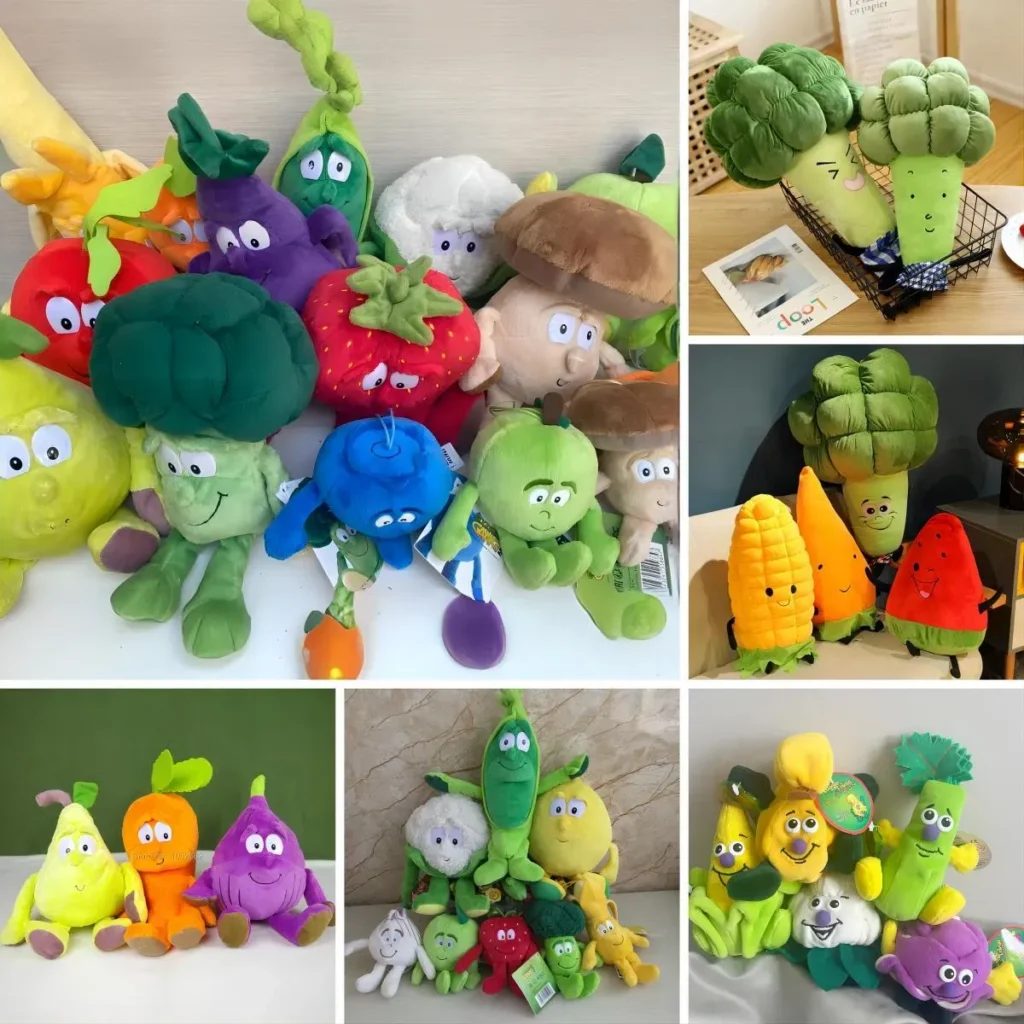
Current design trends reflect evolving consumer values and technological advances, influencing plush doll aesthetics and functionality.
Popular trends include eco-friendly materials, gender-neutral designs, licensed characters, and interactive features like sounds or connectivity. These trends cater to a wider audience and address modern market demands.
Sustainability is a growing priority. Brands are adopting recycled fibers, organic dyes, and biodegradable packaging to appeal to environmentally conscious buyers.
Gender neutrality challenges traditional norms, offering toys that appeal broadly and promote inclusivity.
Licensed character dolls continue to drive sales by tapping into popular media franchises. Interactive elements such as voice recordings or app integrations enrich play experiences and attract tech-savvy families.
| Trend | Description | Impact |
|---|---|---|
| Eco-Friendly | Use of sustainable fabrics and packaging | Attracts conscious consumers |
| Gender-Neutral | Inclusive colors and themes | Broadens market appeal |
| Licensed Characters | Popular media tie-ins | Drives demand and visibility |
| Interactive Features | Sounds, lights, app connectivity | Enhances engagement |
Staying current with trends enables brands to remain competitive and relevant.
5.Which brands lead in innovation and customization of plush dolls?
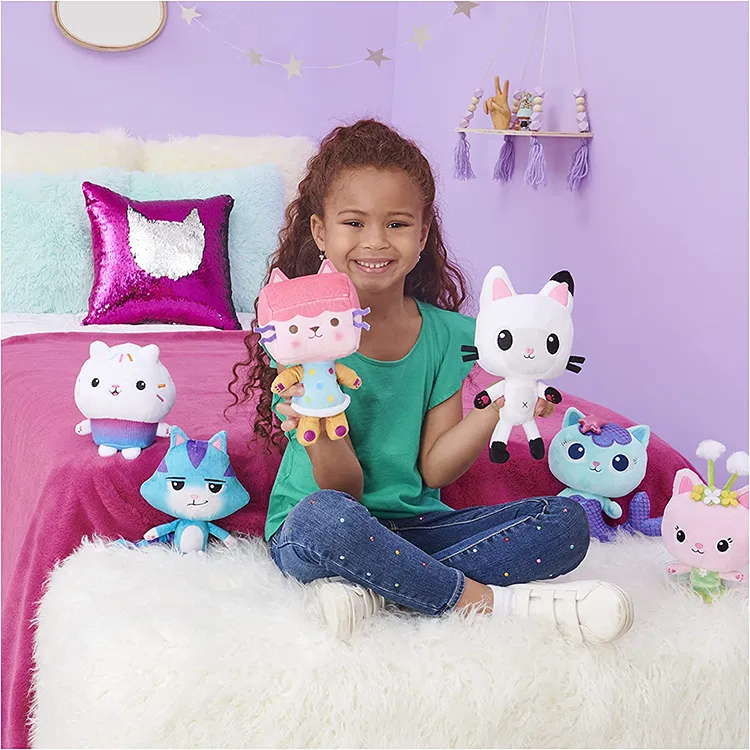
Leading plush doll brands innovate by integrating technology and offering customization options that cater to individual customer needs.
Brands like Jellycat, GUND, and Hasbro pioneer new materials, designs, and interactive features. Customization includes embroidered names, personalized colors, and made-to-order designs, expanding market reach and brand loyalty.
Personalization is increasingly important, especially for gifts and promotional products. Flexible manufacturing processes and ODM partnerships enable brands to deliver unique products efficiently.
| Brand | Innovation Focus | Customization Offered | Market Segment |
|---|---|---|---|
| Jellycat | Plush softness and design | Limited personalization | Retail and boutique |
| GUND | Embroidery and texture | Embroidered names, accessories | Gifts and promotional |
| Hasbro | Interactive electronics | App integration, sound features | Tech-savvy consumers |
Innovation drives product differentiation and customer satisfaction.
6.How do consumer preferences influence the popularity of plush doll styles?
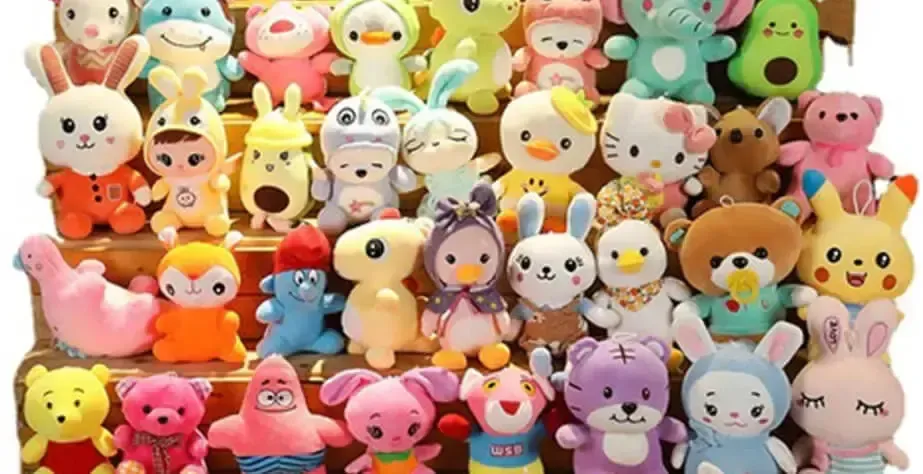
Consumer preferences shape product trends, affecting design, materials, and marketing strategies.
Parents prioritize safety and softness, favoring hypoallergenic materials and gender-neutral colors. Children often choose based on character familiarity and playability. Collectors look for limited editions, high craftsmanship, and unique aesthetics.
Cultural shifts toward inclusivity and sustainability influence purchasing decisions. Storytelling and character development add emotional value, fostering stronger connections.
| Consumer Group | Key Preferences | Preferred Features |
|---|---|---|
| Parents | Safety, softness, educational | Gender-neutral, hypoallergenic |
| Children | Fun, popular characters | Licensed themes, interactive |
| Collectors | Exclusivity, quality | Limited editions, artisanal work |
Brands that understand and respond to these preferences enjoy stronger market positions.
Conclusion
The best plush dolls excel through premium materials, skilled craftsmanship, strict safety compliance, innovative design, and alignment with consumer values.

